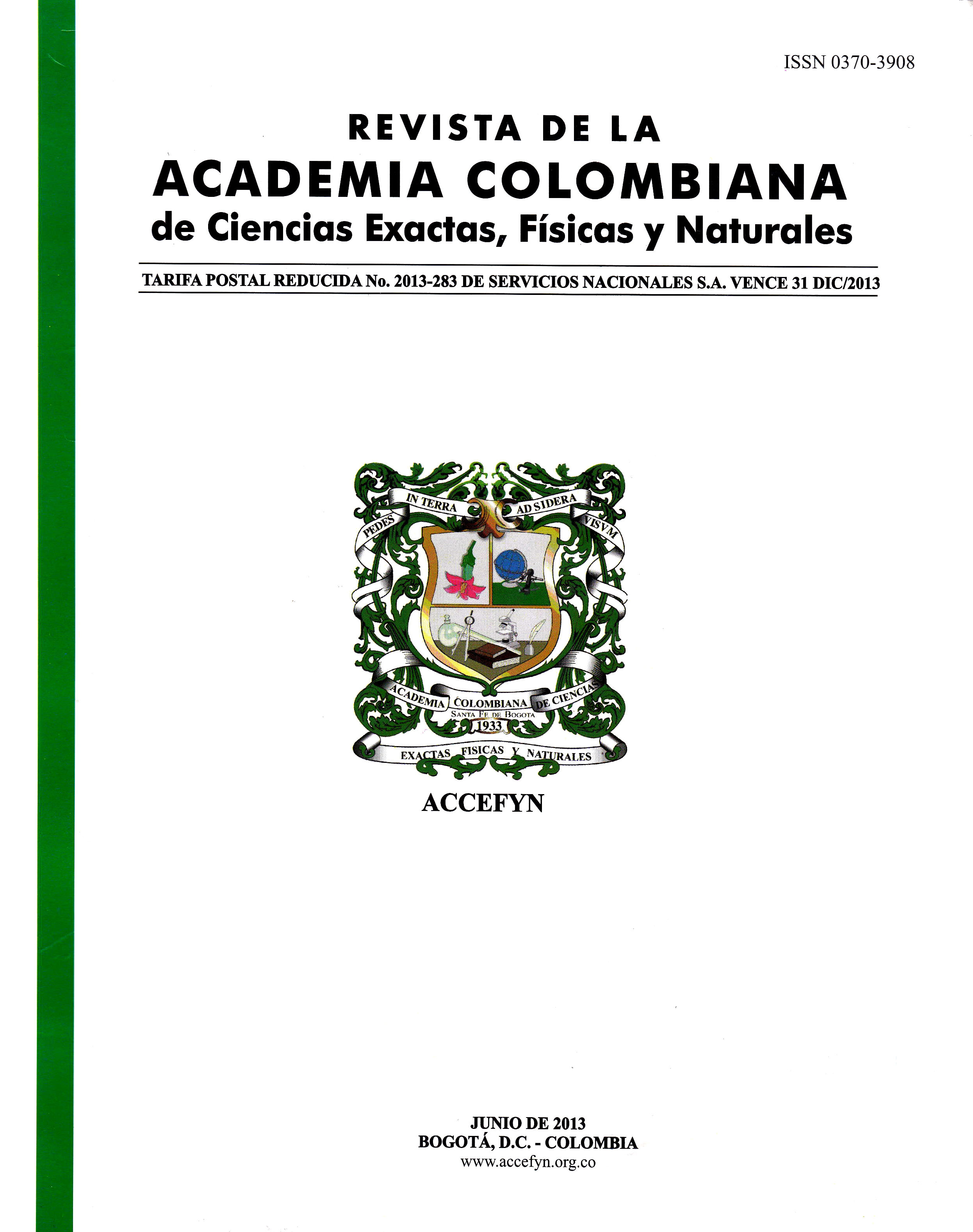Resumen
El mildeo velloso (Peronospora sparsa), es una de las enfermedades más limitantes del cultivo de rosa en Colombia, con pérdidas hasta del 8% de la producción. El objetivo de esta investigación fue determinar un control preventivo de la enfermedad mediante mejoramiento del balance nutricional. La primera fase, comprendió el estudio del efecto de diferentes concentraciones de N, K, Ca, B y Mn sobre la incidencia y severidad de mildeo velloso, en la segunda, se evaluaron los cinco mejores tratamientos de la primera fase. Los tratamientos se aplicaron a las variedades Charlotte, Classy y Malibú durante 4 semanas, en un arreglo de parcelas divididas con seis replicas; después de un mes se hizo la inoculación mediante aspersión foliar de una suspensión de 3 x 104 esporangios mL-1. Los resultados de área bajo la curva de progreso de la enfermedad (ABCPE), indicaron que las plantas de Charlotte con Si a 200 ppm, mostraron la menor expresión de la enfermedad. En Classy, el mejor tratamiento fue la solución estándar, corroborando que el efecto de los tratamientos varía con la variedad. Charlotte y Malibú, mostraron susceptibilidad, mientras Classy mostró resistencia parcial a la enfermedad.
Referencias
Agrios, G. 1995. Fitopatología. 2da. ed. Editorial Limusa. México. 838 pp.
Asocolflores. 2005. Asociación colombiana de exportadores de flores. Boletín Número 176. Bogotá. D.C.
Fundación Universidad de Bogotá Jorge Tadeo Lozano y CIAA. 1998. La producción de rosas en la sabana de Bogotá y la relación clima-producción – MIPE. Chía, Colombia. 45 pp.
Gómez, S. M. 2002. Influencia de la temperatura en la germinación de esporangios de Peronospora sparsa, en rosa. Agronomía Colombiana 20: 35-38.
Gómez, S. 2004. Determinación de componentes de la biología de Peronospora sparsa Berkeley, y caracterización de la respuesta de tres variedades de rosa a la infección del patógeno bajo condiciones de laboratorio e invernadero. Bogotá. Tesis de Maestría en Ciencias Agrarias. Universidad Nacional de Colombia. Facultad de Agronomía. 68 p.
Ivancovich, A. 1996. Manejo de enfermedades. En: Bota, G., A. Ivancovich, L.D. Ploper y I. Laguna (Eds.) Enfermedades de Soja. Manual de Diagnóstico y Manejo, INTA CRBAN EEA Pergamino, 15-32.
Krauss, A. 2001. Potassium and biotic stress. Presented at the 1st FAUBA-FERTILIZAR-IPI Workshop on Potassium in Argentina’s Agricultural Systems. 20-21 November 2001, Buenos Aires, Argentina. International Potash Institute (IPI).
http://www.ipipotash.org/presentn/pabs.html consultado junio 2005.
Marschner, H. 1995. Mineral nutrition of higher plants. 2nd edition. Academic Press, London. 889 p.

Esta obra está bajo una licencia internacional Creative Commons Atribución-NoComercial-SinDerivadas 4.0.
Derechos de autor 2023 https://creativecommons.org/licenses/by-nc-nd/4.0

